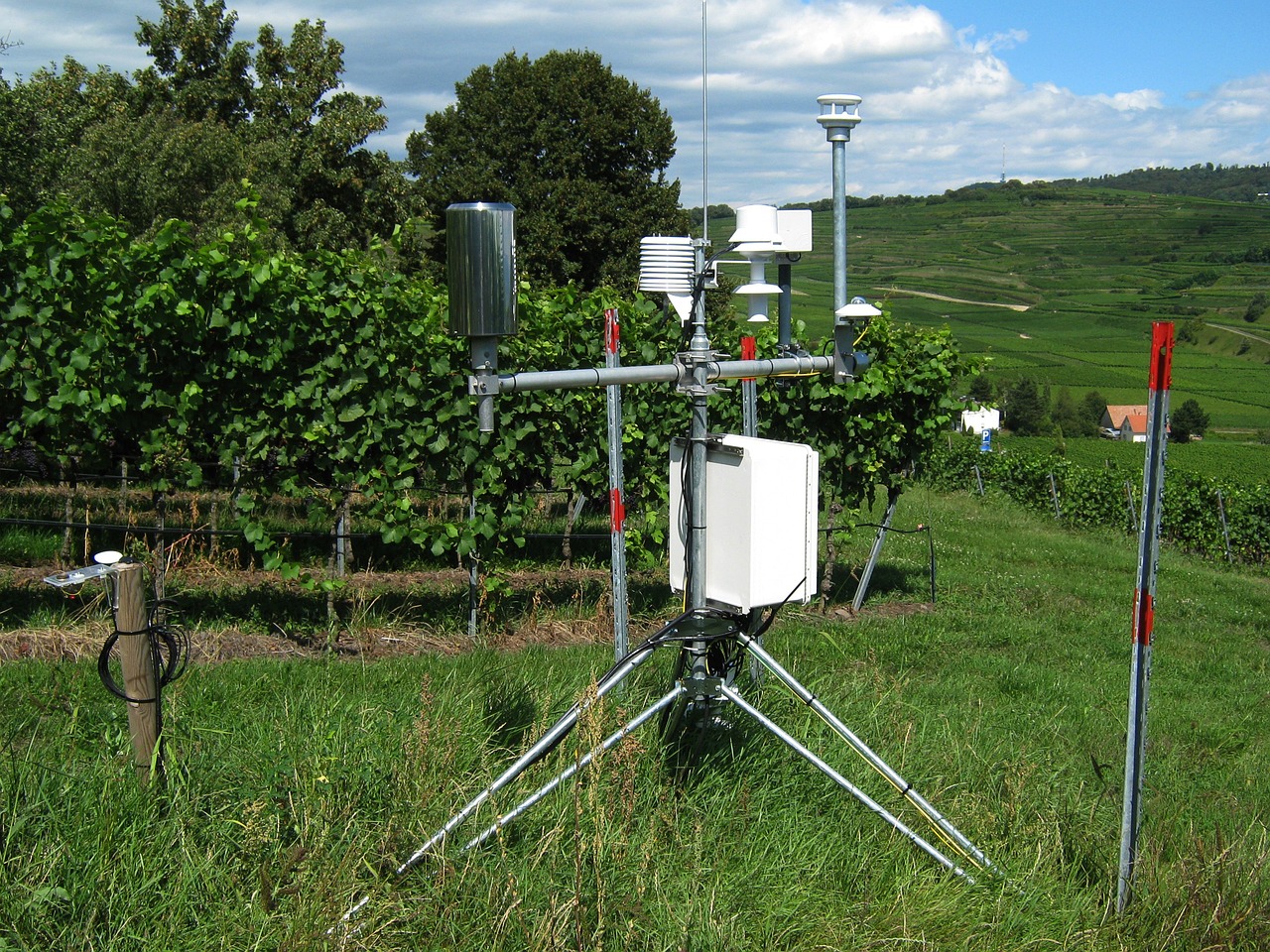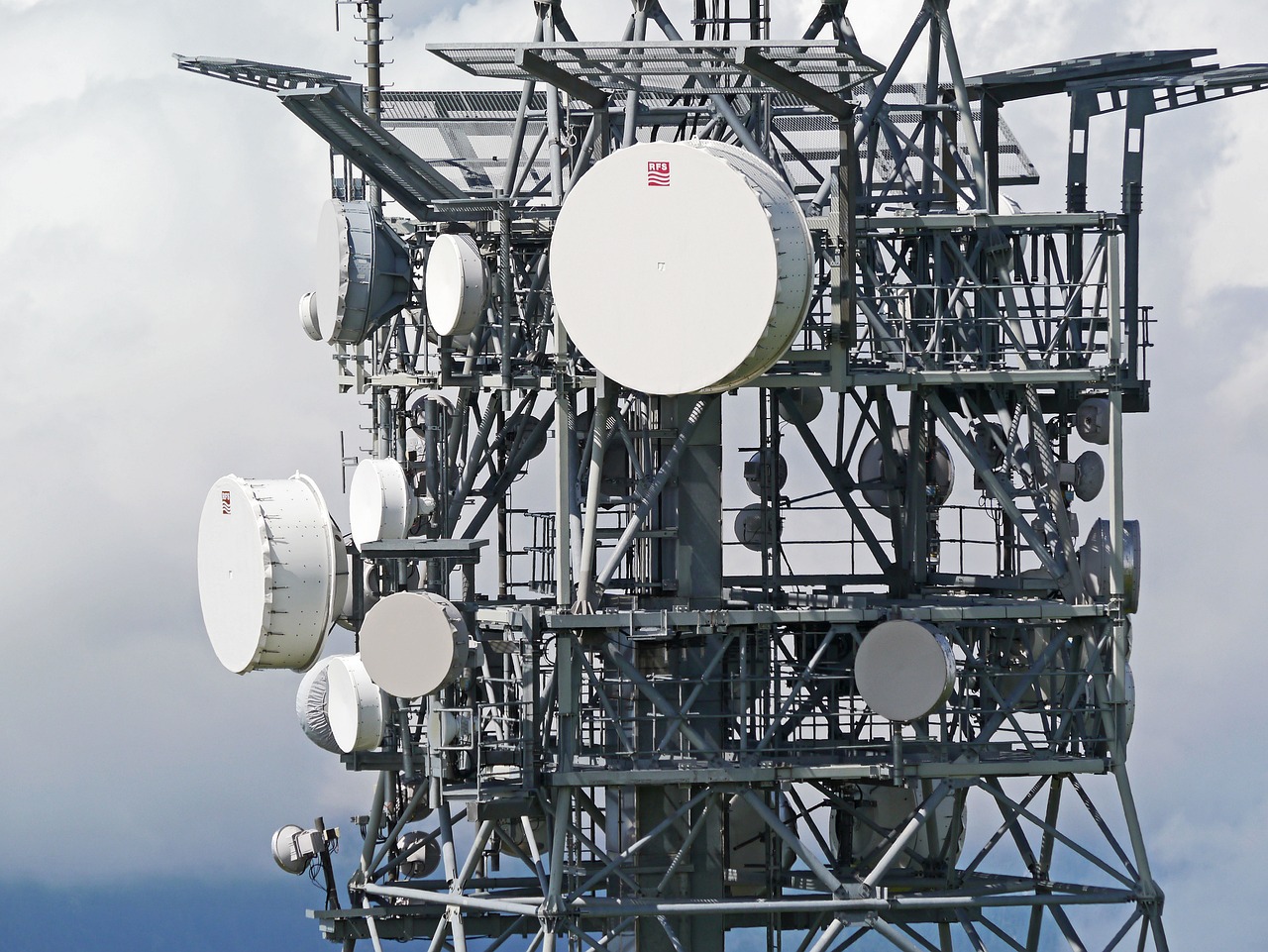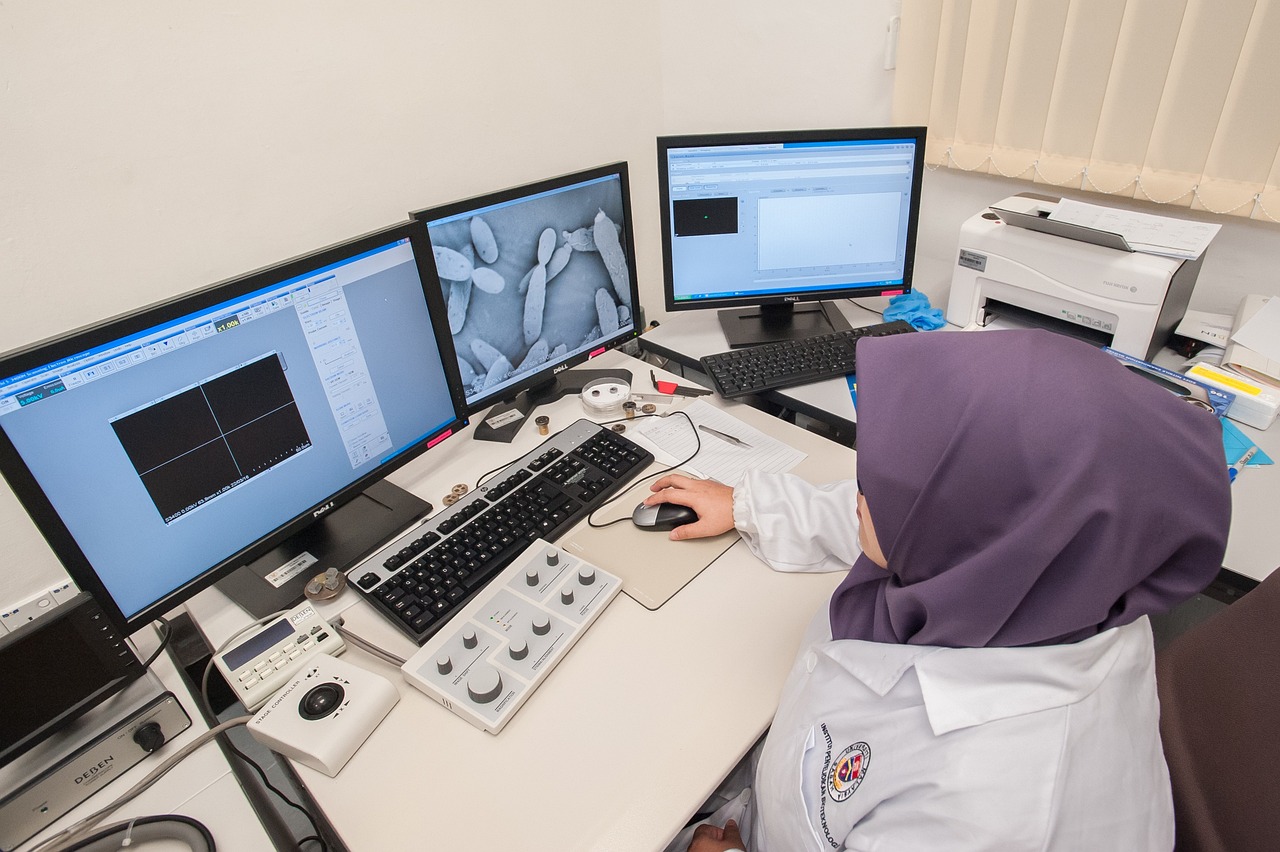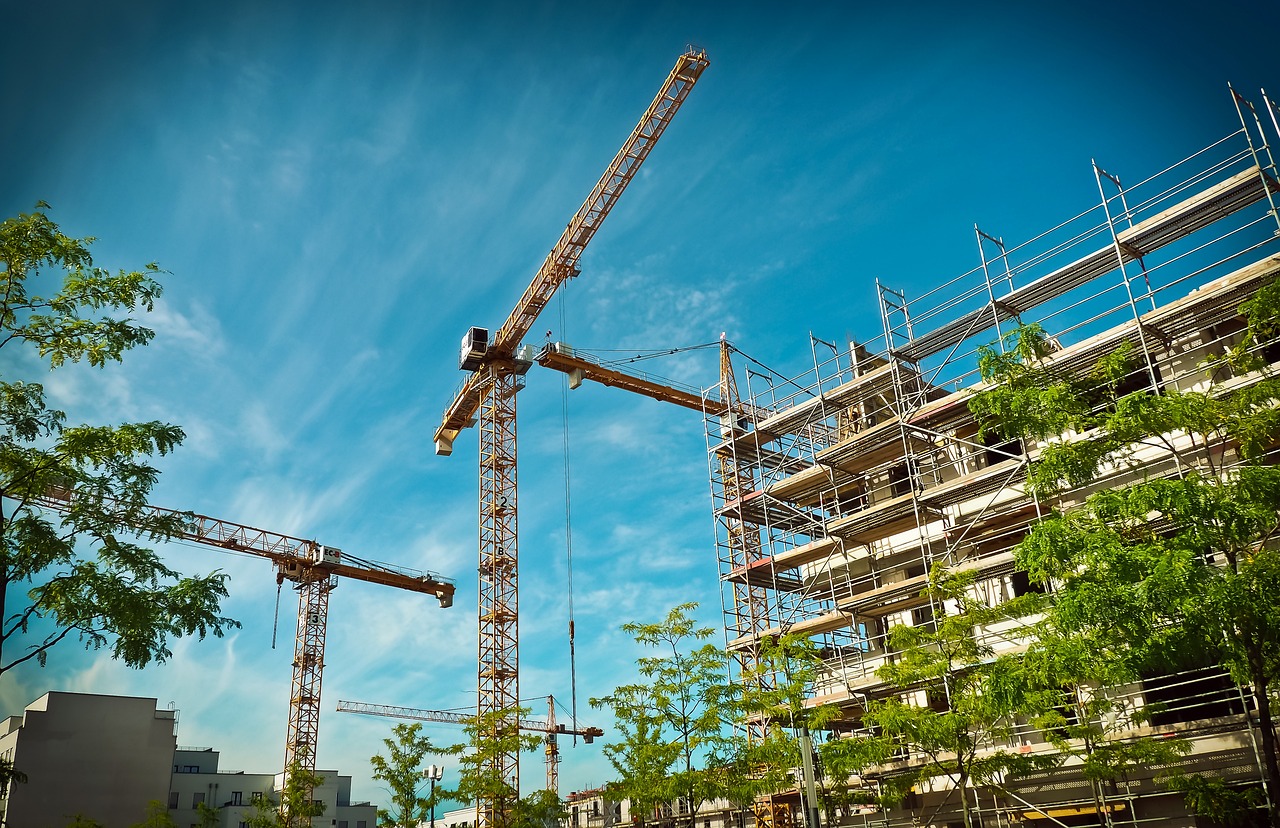在全球背景下,水文监测对于理解水资源、气候变化和生态系统的重要性至关重要。由于技术、经济和环境等方面的挑战,目前的水文监测工作仍面临诸多困难。未来的发展趋势表明,需要加强国际合作,利用新技术,如大数据和人工智能,来提高水文监测的准确性和效率。这篇文章将探讨这些挑战和未来的发展趋势,以及我们如何在全球范围内改进和加强对水资源的管理和保护。
In the modern world, the need for accurate and timely hydrologic data is more important than ever. Hydrologic monitoring, which involves the measurement and analysis of water quality, quantity, and flow rates, is crucial for sustainable water management. This article will explore the importance of hydrologic monitoring, the challenges it faces, and the future trends that are likely to shape its development.
Hydrologic monitoring is essential for water resource management. It provides the data needed to understand the availability, distribution, and use of water. This information is used to make decisions about how best to allocate and conserve water, reduce risks from flooding or drought, and ensure the sustainable use of water resources. Hydrologic monitoring also plays a key role in environmental protection by providing data on water quality and the impact of human activities on aquatic ecosystems.

However, hydrologic monitoring faces several challenges. One major challenge is the complexity of the hydrologic cycle, which involves numerous interconnected processes that are difficult to measure and model accurately. Another challenge is the limited availability of reliable data. Many areas lack the infrastructure and resources needed to collect and analyze hydrologic data effectively. This is particularly true in developing countries, where the majority of the world's population lives.
To address these challenges, innovative technologies and approaches are needed. One promising area is remote sensing, which involves the use of satellites and drones to collect data on water resources. This approach can provide information on a large scale, covering areas that are difficult or impossible to reach by traditional means. Another approach is the use of artificial intelligence and machine learning to analyze hydrologic data and predict outcomes more accurately.

The future of hydrologic monitoring will also be shaped by broader social and environmental trends. As the world's population grows and the demand for water increases, there will be greater pressure on water resources. This will require more comprehensive and accurate hydrologic monitoring to ensure sustainable water management. At the same time, the need to protect aquatic ecosystems and mitigate the impacts of climate change will also drive the development of hydrologic monitoring techniques.
In conclusion, hydrologic monitoring is a crucial component of sustainable water management and environmental protection. Despite the challenges it faces, innovative technologies and approaches offer exciting opportunities for improvement. The future of hydrologic monitoring will be shaped by broader social and environmental trends, which will require more comprehensive and accurate data collection and analysis. By working together to address these challenges and seize these opportunities, we can ensure that hydrologic monitoring plays a positive role in sustainable development and environmental protection for years to come.

与本文内容相关的文章:















